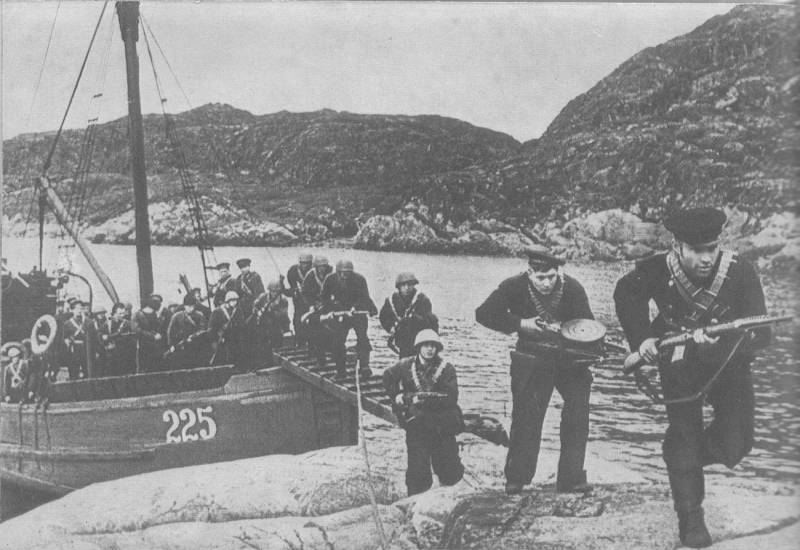Battle for Crimea: Kerch-Feodosia landing operation

By mid-November 1941, the only stronghold of the Red Army in Crimea was the city of Sevastopol, already under siege by the Wehrmacht. The forces of the Primorsky Army, which at that time heroically defended the city, were not enough to defeat the Nazis.
In addition, despite the fact that the troops of the Third Reich were unable to break through the defenses of Sevastopol during the November and December assaults, the extremely difficult situation in which the city’s defenders found themselves was already obvious. No one knew how long the fortress could hold out.
That is why the Soviet command decided to conduct an amphibious operation, during which a large-scale landing of Red Army units was to take place in the eastern part of Crimea. Then these forces were supposed to release Sevastopol and, uniting with the city’s defenders, liberate the Crimean peninsula from the fascist invaders.
The development and conduct of the above operation was entrusted to the commander of the Transcaucasian Front, Lieutenant General Dmitry Timofeevich Kozlov.
The large-scale landing operation involved military personnel of the 44th and 51st armies, whose delivery to the landing site in the Kerch and Feodosia directions was ensured by the forces of the Azov flotilla and the Black Sea Fleet.
Actions began on December 26, 1941. However, due to a strong storm, small detachments of paratroopers of the 51st Army landed in the Kerch area. Two days later they were joined by the rest of the forces, but due to a lack of heavy weapons, the 51st Army fought mainly defensive battles.
At the same time, as planned by the Soviet command, the main blow fell on the Feodosia direction. Here, in a short time, 23 thousand military personnel of the 44th Army of the Red Army landed with artillery and heavy equipment.
Realizing the possibility of encirclement, the commander of the German 42nd Corps, Lieutenant General Count Hans von Sponeck, ordered his troops to retreat from the Kerch Peninsula. For this he was later put on trial and shot.
As a result, the Wehrmacht troops quickly left the Kerch Peninsula, and the 44th Army moved towards units of the 51st. Then, reaching the Arabat Gulf - Koktebel line, the Red Army turned its front to the west.
Despite the fact that the result of the above-mentioned operation did not result in the liberation of Crimea, Soviet troops were able to create a large bridgehead on the peninsula and pull part of the German-Romanian forces away from occupied Sevastopol.
Information